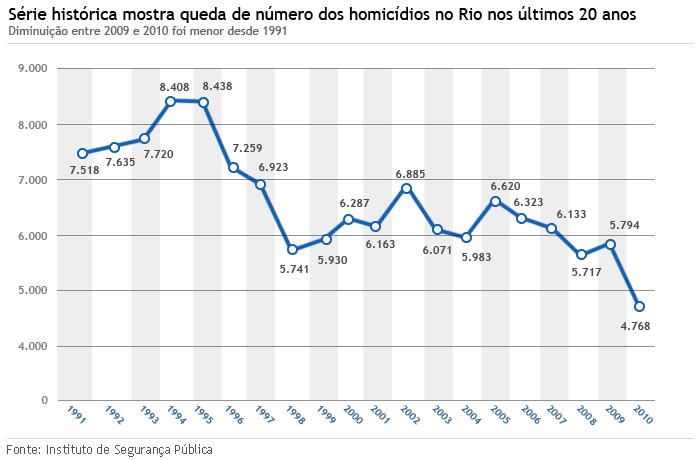On December 29th, we has turned 100 year old. Amazing. He is still productive and in July his new book will be available:
How China Became Capitalist. Here goes a brilliant recent
interview . Excerpts:
WN: (...) You have high hopes that the future of economics is in China. What makes you think so?
RC: It is obvious. It is the size of Chinese population. A new idea is always accepted only by a small proportion of the population. But a small proportion of the Chinese is a big number.
(...)
RC: I am now 100 years old. At my stage, life requires a constant effort. As I told you many times, do not get old. (...)
Coase's Theorem and
Ricardo's Comparative Advantage are the best single ideas in Economics. Simple, non-trivial and even inteligent people find it hard to grasp. In his twenties, Coase had already proved that he was a genius. The question posed in
The Nature of the Firm "Why do firms exist?" opened a whole new research program and has changed economic thought forever. The answer,
almost everybody agree, is transaction costs.


